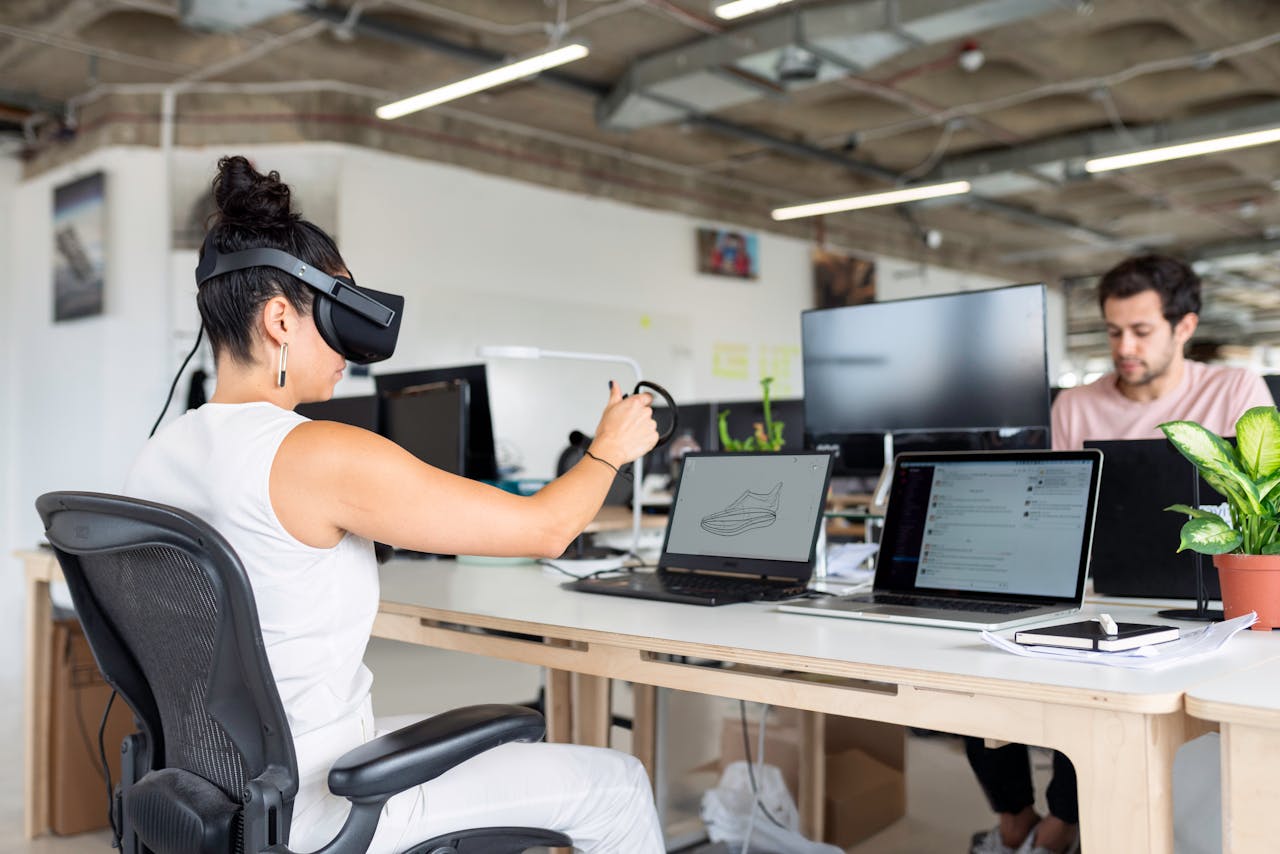The leap in the development of virtual reality, which is reflected in the emergence of . Such an innovation as Augmented Reality, reflected not only in the field of entertainment and games, it was also reflected in such a complex and important area. Structural design. This direction has been given a new impetus.

Integrated virtual and augmented reality programs, on structural design. Provided new opportunities for visualization of projects by engineers and architects. Which is directly reflected in the minimization of errors and optimization of all work processes.
As we know three-dimensional models have long been mandatory in design. Building and structures But thanks to the ability to not only. Visualize but also interact with such models. In a virtual environment is giving a new impetus to. In design processes. 
Advantages of technology in structural design
- The main advantage of this technology is that the engineer can move around the building or structure, looking at all the details in the chronology of the project that he needs. This makes it possible to detect risks in time and bypass complex problems at certain stages of construction, which directly affects the price and timing of projects.
- Augmented reality, unlike virtual reality, allows not only to dive fully into the 3D model, but also to combine the projected models with real objects, this gives the engineer the opportunity to evaluate how the design objects will look in the real environment, as well as to compare the design model with the real condition on the construction site.
- Augmented reality can also be used to monitor how well the real structure matches the design models. Structural design software that integrates the ability to work with augmented reality makes it possible, in simple words, to superimpose 3D models on existing structures, this has a direct impact on the installation process.
Summary and conclusions
Modern virtual simulation technologies are involved not only in entertainment, but also every year more and more integrated into the structural design process. This directly affects investments in this direction, which accelerates the development and emergence of new types of virtual reality, meaning augmented reality. Perhaps in the future, the use of virtual visualization technology will influence the construction technology itself, and we will see something new not only in structural design, but also in construction technology.